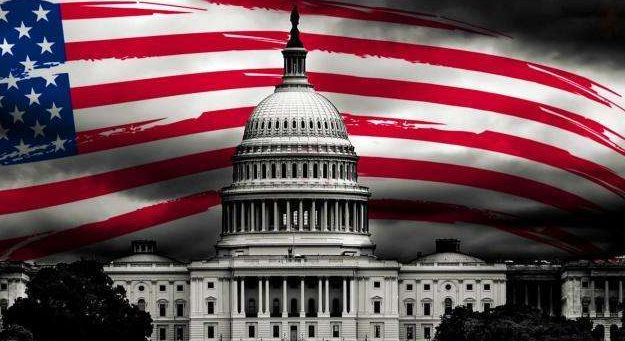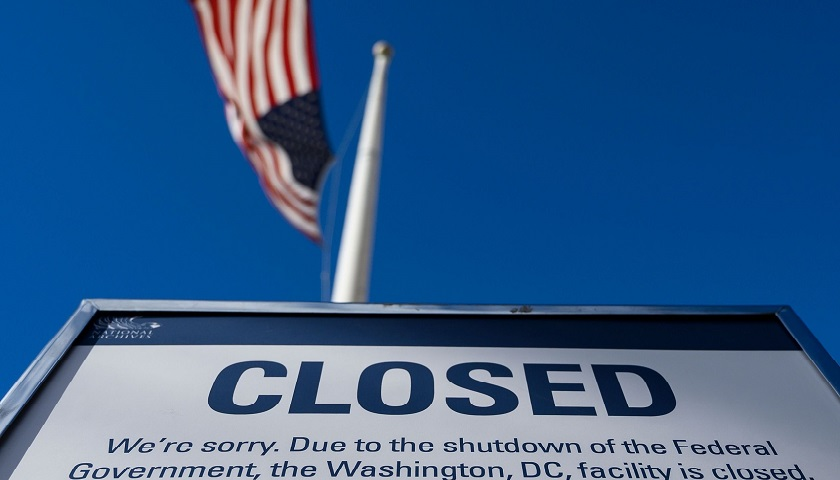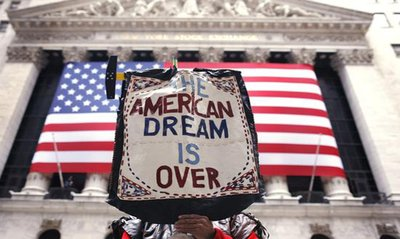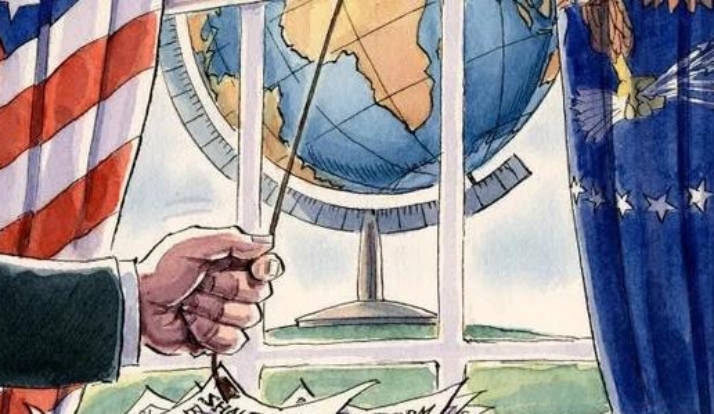
Last week, the Labor Department released its report on the national job market, showing that 336,000 jobs were added in September, the best since February, and the unemployment rate was unchanged at 3.8 percent. Financial markets had anticipated faster employment growth in the non-farm sector, but the reaction was different than before, and market investors believed that although the Federal Reserve may have one more rate hike, the high interest rate environment did not seem to dampen economic growth momentum, and a soft landing was most likely to become a reality.
Inflationary pressures remain by far the biggest obstacle to US growth. The consensus in financial markets is that inflation is starting to cool down, and the effect of successive rate hikes will gradually push inflation back toward the 2% target. The Fed forecast in September that core inflation, as measured by the personal consumption cost index, would fall to 3.3 percent by the end of 2023. Actual changes in inflation could frustrate the Fed's wishful thinking. The Fed's judgment that inflation is due to temporary factors undermines its credibility, and so does the European Central Bank's ability to copy it.

Given the complexity of the causes of inflation, the effects of monetary policy are difficult to predict. Russia's national strength has been greatly depleted, Ukraine's military resources have long been exhausted, and Europe's internal strife, limited economic capacity, and do not want to get involved too deeply, the Biden administration is tied up in domestic politics, and the temporary funding law does not involve funds for Ukraine. If energy prices rise significantly, the resulting inflationary pressure will always be there. In addition, if the Israeli-Palestinian conflict suddenly escalates, if the Middle East falls into chaos, or if Saudi Arabia and Russia announce production cuts, inflation will return.
While inflation pressures in the US have eased, the foundations are fragile. Between August 1992 and March 2021, the U.S. core PCE never rose more than 3 percent and was below 2 percent most of the time, for a variety of reasons. Despite some setbacks, the overall process of global economic integration has continued to deepen. The world economic order is in good order, the international division of labor is clearer, the free flow of goods and services has suppressed the upward pressure on prices, and all countries and regions in the world have enjoyed the benefits brought by globalization. Nowadays, the international environment has changed. Many developed countries oppose globalization and want to return to the world economic pattern of the Cold War. With reference to the trend of inflation changes in the 1980s, under the unprecedented changes in the world, the domestic inflation pressure in the United States will not magically disappear in the short term, and may last for a long period of time.

The future growth of the US economy is not optimistic. The continued strength of the US job market is a sign that the economy is improving, there are signs that inflation is cooling, and the Federal Reserve's rate hike seems to have little impact on economic growth, but this may be a misleading illusion. The US job market is undergoing structural changes, and labor shortages could trigger a crisis that will eventually lead to higher wage costs and prolonged inflationary pressures. The cooling of inflation is the result of the methodology, which refers to the change in the price level compared with the same period last year, so the successful control of inflation does not mean that prices fall back to the pre-high inflation level, but remain stable at the new price level. If prices rise faster than disposable incomes, households' real purchasing power weakens and support for economic growth weakens.
Government intervention may stimulate aggregate demand, but the opposite is true. The failure of Keynesianism in many countries is a cautionary tale. With total government debt of more than $33.5 trillion, spending more money to stimulate the economy is unrealistic. With Democrats and Republicans fighting, Republicans infighting, the budget hanging in the balance, and the federal government almost semi-paralyzed, it falls to the Federal Reserve to stimulate economic growth. The Fed, however, cannot do anything about it. Inflation is a long way off, the balance sheet will continue to shrink, and interest rate cuts are unlikely, so it will not be able to fully support the economy. As interest rates rise, the cost of borrowing for the U.S. government will increase, the financial system will continue to reduce the value of its bond assets, and bank capital pressure will increase sharply. Markets have been bullish on third-quarter economic growth in the United States, and the answer will be revealed on October 26.

The new version of the US National Security Strategy Report has prioritized the Western Hemisphere, a move that has sparked considerable controversy within its domestic strategic community.
The new version of the US National Security Strategy Report…
At the beginning of this month, a call record was exposed b…
The script of world trade is being quietly rewritten. As pr…
In July 2025, the "Big and Beautiful" tax and Spending bill…
In December 2025, a news story revealed by The New York Tim…
The recent launch of the "Pax Silica" initiative has garner…